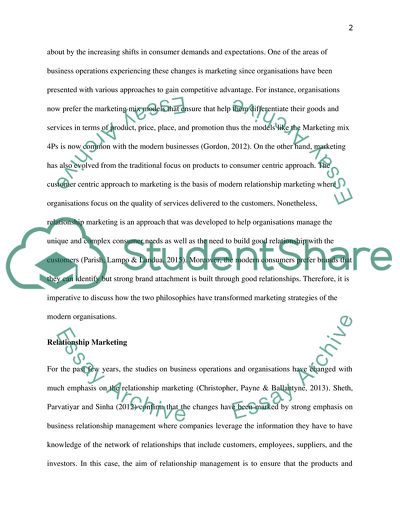Cite this document
(Competing Philosophies in Modern Marketing Essay, n.d.)
Competing Philosophies in Modern Marketing Essay. https://studentshare.org/marketing/1872228-discuss-this-statement
Competing Philosophies in Modern Marketing Essay. https://studentshare.org/marketing/1872228-discuss-this-statement
(Competing Philosophies in Modern Marketing Essay)
Competing Philosophies in Modern Marketing Essay. https://studentshare.org/marketing/1872228-discuss-this-statement.
Competing Philosophies in Modern Marketing Essay. https://studentshare.org/marketing/1872228-discuss-this-statement.
“Competing Philosophies in Modern Marketing Essay”. https://studentshare.org/marketing/1872228-discuss-this-statement.


